9 Amazing Benefits And Uses Of Angelica Root Essential Oil
Enjoy better health and vitality with several medicinal properties combined into one.
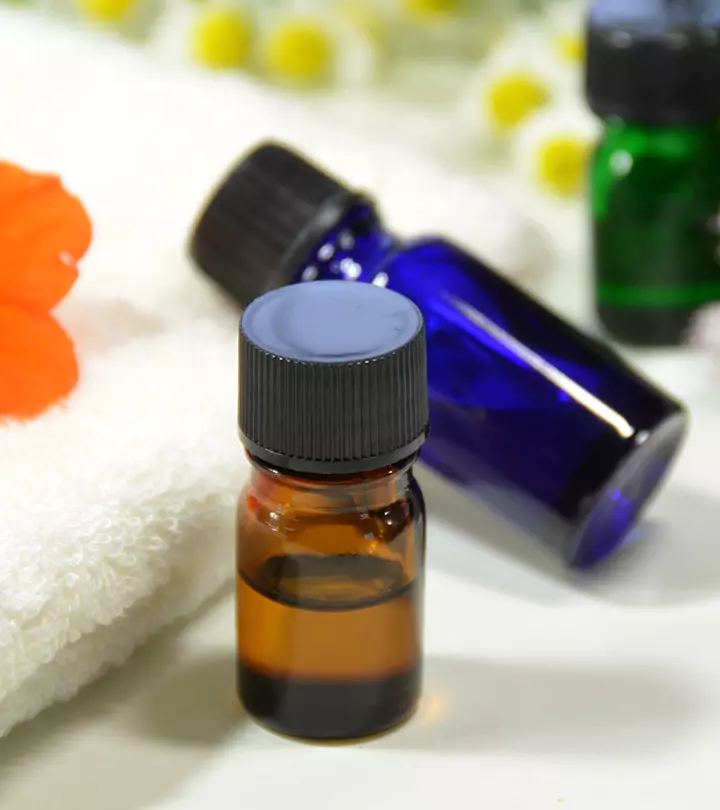
Image: shutter stock
White Angelica oil benefits health in many ways. This plant is fast gaining attention for its medicinal properties. The 60 different species of this plant have been used in treating chronic bronchitisi A long-term swelling and irritation of bronchial tubes that causes constant coughing, wheezing, and shortness of breath. , hepatitisi A condition that causes liver inflammation triggered by a viral infection, leading to various health problems. , indigestion, and many other infections and inflammation reduction (1).
The medicinal properties of this essential oil can be attributed to its active compounds like polysaccharides, coumarins, flavonoids, terpenes, and polyphenols. This oil is extracted from the roots of the plant. This oil has analgesic, anti-tumor, anti-inflammatory, and diuretic properties (2).
Learn more about the benefits this oil offers, its safety, and its active compounds. Continue reading.
 Know Your Ingredient: Angelica Root Essential Oil
Know Your Ingredient: Angelica Root Essential OilWhat Is It?
Obtained from the steam distillation of angelica plant roots, it has an aromatic earthy, musky smell.
What Are Its Benefits?
It helps to reduce anxiety and fatigue, helps fight cancer, provides menstrual pain relief, and treats arthritis.
Who Can Use It?
Anyone can use it except pregnant women, lactating mothers, or diabetic patients.
How Often?
As directed by the physician.
Caution
May interact with anti-seizure medications or blood-thinning drugs. After exposure to sunlight, avoid topical application for 24 hours due to photodermatitis risks.
In This Article
What Is Angelica Essential Oil?
Angelica essential oil is derived from the steam distillation of the roots of the Angelica archangelica plant. The essential oil has an earthy and peppery smell that is very unique to the plant. The major constituents of the oil are α-pinene, δ-3-carene, limonene, and α-phellandrene (1).
It was used as a diaphoretic, expectorant, emmenagogue, and aphrodisiac in many folk remedies. Let us look at the many uses and benefits of the angelica essential oil in detail.
 Trivia
TriviaAngelica oil is derived from the African herb Angelica that was widely utilized throughout the continent. It was introduced to Europe in the 16th century and was used to treat the plague.

Key Takeaways
- White Angelica oil’s warm and woody fragrance may help relax and calm your nerves to alleviate stress and anxiety.
- White Angelica oil may help clear the nasal passages and relieve congestion and cold.
- The nutrients in the oil may also help reduce fatigue, provide menstrual relief, and aid digestive health.
- You can add the oil to a diffuser, inhale it directly from the bottle, or use it for a massage after mixing it with a carrier oil to avail its benefits.
9 Benefits Of Angelica Essential Oil
1. May Ease Cough And Respiratory Issues

Angelica oil is an expectorant. It helps clear the nasal passages by thinning the mucous linings and clearing the excess phlegm. This is helpful in providing relief from nasal congestion, sinusitis, cough and cold (1).
It also works as an anti-spasmodic. It soothes convulsions during respiratory distress.
The essential oil was used to treat sinus infections traditionally. This could be attributed to the antimicrobial properties of the plant. The antimicrobial activity of this essential oil was found to be effective against clostridium and candida species (3).
2. May Help Reduce Anxiety

Angelica oil has a warm and woody smell that is relaxing and calming on the nerves. It helps in alleviating stress and anxiety. Research has tested the therapeutic effects of the essential oil. Angelica root oil is believed to be one of the best essential oils for anxiety. The oil exhibited lowered anxiety levels in mice. The results showed the anti-seizure and anticonvulsant effects of the oil. More studies are needed to understand its effects on humans (4).
In mice studies, this essential oil helped in reducing the aggressive behaviors during a social interaction test (5). The anti-seizure effects of the essential oil were also studied. The oil suppressed the duration and the onset time of convulsions. The terpenes in the oil may be attributed to this anti-seizure effect (6).
The oil also contains compounds called coumarins. Studies show that these coumarins may contribute to anticonvulsant and antiepileptic activities (7).
It has been suggested that the natural extracts of the plants can be used as potential drugs to help suppress seizures. However, more research is needed to establish this.
Anna Brooke, a healing arts practitioner and blogger, writes about the first time her friend made her try white angelica essential oil: “I put a few drops on and felt surrounded by an invisible force field of scent and protection. Its gentle, herbal musk was a delight to my nose, and I felt myself relax. I was in heaven (i).”
3. May Relieve Digestive Problems

Anecdotal evidence suggests that angelica essential oil has soothing and carminative properties. It may be used to treat digestive problems, such as dyspepsiai A common condition that causes persistent or recurrent discomfort and pain in the upper abdomen after eating or drinking. , nausea, flatulence, acid reflux, and vomiting.
4. May Have Anti-Cancer Properties
Angelica essential oil has anti-proliferative effects. It contains furanocoumarins that may have anti-cancer properties. The angelica plant extracts have been found to reduce the growth of cancer cells (8).
Another study found that the leaf extracts may also exhibit anti-tumor activity (9).
5. May Help Treat Psoriasis
Angelica essential oil is used to treat skin irritation. It could especially be useful in treating psoriasisi An immune-mediated non-contagious disease characterized by hive-like bumps, itchy, and scaly skin.
(10). The plant contains furocoumarins. These compounds may help in the treatment of psoriasis and vitiligoi A long-lasting autoimmune disorder where pale white patches develop on the skin due to lack of skin pigment (melanin). (11).
Some individuals have also reported using the essential oil as a topical application for soothing irritated skin.
6. May Promote Detoxification Of The Body
Research is limited in this regard. Angelica root essential oil is a diuretic. It may help in removing the excess fluid and toxins from the body. It also helps in flushing out the toxins by increasing sweating.
The analgesic and antimicrobial properties of the angelica oil may help in fighting fever and improving immunity. The anti-inflammatory properties of the oil may relieve oxidative stress in the body. This may help reduce toxins in the body.
7. May Provide Menstrual Relief
Anecdotal remedies have used angelica essential oil for treating menstrual issues (12). The potential antispasmodic properties of the oil may also help get menstrual pain relief.
Angelica plant derivatives may also help initiate periods or cause abortions (in the case of unplanned pregnancies). However, there is limited research in this regard. Certain folk remedies suggest that using this oil may improve sex drive and reduce the risk of premature ejaculation.
8. May Help Treat Arthritis

The medicinal properties of angelica oil have been used to treat arthritis and joint pain (1). The anti-inflammatory properties of the oil may help in reducing the pain and providing relief. However, there are no scientific studies to prove these effects.
9. May Help Reduce Fatigue
Angelica essential oil is traditionally used to calm and revitalize the body. The woody soothing aroma helps relax the body and provides sleep aid. It is also known to help treat mild insomnia (13).
Note: Consult a qualified aromatherapy practitioner before using angelica essential oil.
We have read about a few of the health benefits of angelica essential oil. Let us look at the nutritional facts and how to use the oil to reap its benefits.
Angelica Essential Oil Nutrition Facts
The essential oil from the seed has β-phellandrene (33.6–63.4%), α-Pinene (4.2–12.8%), among other major constituents. The monoterpene hydrocarbons (63.5–76.6%) made up the largest part of the seed oils (14). The essential oil from the roots are rich in pinene, limonene, β-terebangelene, myrcene, p-cymene, and terpenes (15).
The oil has important nutrients. In the following section, we will see how you can use the oil for your benefit.
How To Use Angelica Essential Oil
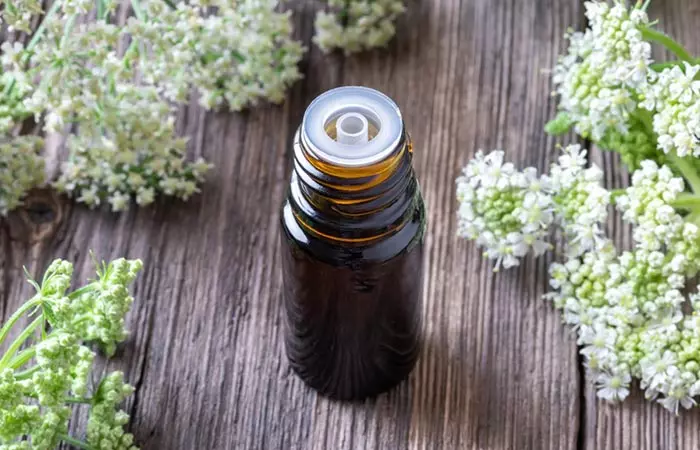
Angelica essential oil can be used in a diffuser or inhaled directly from the bottle. This is helpful for treating respiratory ailments. Combining it with other essential oils, like that of peppermint and eucalyptus, would enhance the health benefits. You can make a rejuvenating bath mix by combining 5 drops each of angelica and lavender essential oils with 1 cup of Epsom salt and 20 ml of carrier oil like coconut or jojoba oil. Add this to a bathtub of warm bath water for a soothing and relaxing experience.
For treating skin conditions, such as psoriasis, you can mix 5 drops of angelica essential oil with 10 ml of carrier oil, such as jojoba or coconut. You can apply this mixture topically to affected areas for skin care.
For arthritis, joint pains, or menstrual cramps, massage the essential oil diluted with a carrier oil.
You can add a blend of essential oils, such as that of tea tree or lavender, to the bath salts for the relaxation of the body and the mind.
 Did You Know?
Did You Know?But how much of the essential oil can you use? We have discussed the ideal dosage of the oil in the following section.
Recommended Dosage
The FDA has approved of angelica essential oil. It is Generally Regarded as Safe (GRAS) for internal consumption (16). Use only therapeutic grade essential oils for consumption.
The International Fragrance Association (IFRA) has recommended dilution levels of 0.8% for safety (17). Higher doses may over stimulate the central nervous system.
Essential oils, in general, are safe. But some individuals may experience adverse effects.
Safety Precautions And Side Effects
Angelica root oil may cause adverse effects, including skin irritation, redness, allergies, and photodermatitisi Itchy bumps, blisters, or raised areas on the skin caused due to an abnormal reaction to ultraviolet rays. . This is due to the phototoxic effect of angelicin, a compound in the plant (18). The symptoms can appear after exposure to sun due to the negative reaction of angelicin with direct sunlight.
Other components, like coumarins, may also cause phototoxic and mutagenic effects when exposed to sunlight (19). Hence, it is advisable to avoid exposure to sunlight for at least 24 hours after topical application of the oil.
Additionally, the oil may interact with medications. For instance, research suggests that angelica root may interact with anticoagulants like warfarin and increase the risk of bleeding (20). So, if you are on any medication, consult your doctor before using angelica root essential oil.
The essential oil needs to be stored in a dark, airtight container to prevent oxidation (which could result in skin sensitization).
Do a patch test before using the oil. Also, dilute it with a carrier oil to minimize the risk of skin irritation and redness. If you are pregnant or lactating or have diabetes, talk to your doctor before using this essential oil.
Infographic: 5 Reasons For Using Angelica Essential Oil
White angelica oil is slowly gaining popularity among consumers due to its ability to treat various health issues. It contains essential compounds that may relieve menstrual cramps and treat various skin issues. Check out the infographic below for the benefits of using this essential oil.

Illustration: StyleCraze Design Team
The benefits of White Angelica oil are numerous. It effectively eases cough and respiratory issues and provides anxiety relief. It also has anti-cancer properties, helps treat psoriasis, promotes detoxification, and provides menstrual relief. The oil may even help treat arthritis and reduce fatigue. However, do note that the oil may also cause skin irritation, photodermatitis, allergies, and redness in a few individuals. Hence, caution is advised. Pregnant or lactating women and those with diabetes should consult their doctor before using this oil.
Frequently Asked Questions
What other oils blend well with angelica oil?
Angelica oil blends with most essential oils, such as eucalyptus, lemon, mandarin, basil, lavender, grapefruit, and peppermint essential oils. It complements citrus oils well.
Where do I apply white angelica essential oil?
You can apply it topically on the skin, shoulder blades, temples, and wrists. You can massage it together with a carrier oil on your stomach to relieve cramps.
What does angelica oil smell like?
It has an earthy, woody, and peppery aroma. It smells very fresh and relaxing. The sweet spicy aroma gives it a unique scent.
What is the difference between Angelica and white angelica essential oils?
Angelica is a single essential oil extracted from the plant genus angelica. White angelica is a blend of various essential oils, including myrrh, rose, sandalwood, geranium, ylang ylang, and hyssop.
What can I use in the place of angelica oil?
Angelica oil can be substituted with parsley, dill, fennel, or coriander oils.
Does white angelica cause photosensitivity?
Yes. Direct exposure to sunlight after applying this oil may result in severe skin reactions. Therefore, avoid sun exposure for 12 hours after application and use sunscreen.
Illustration: Amazing Benefits And Uses Of Angelica Root Essential Oil
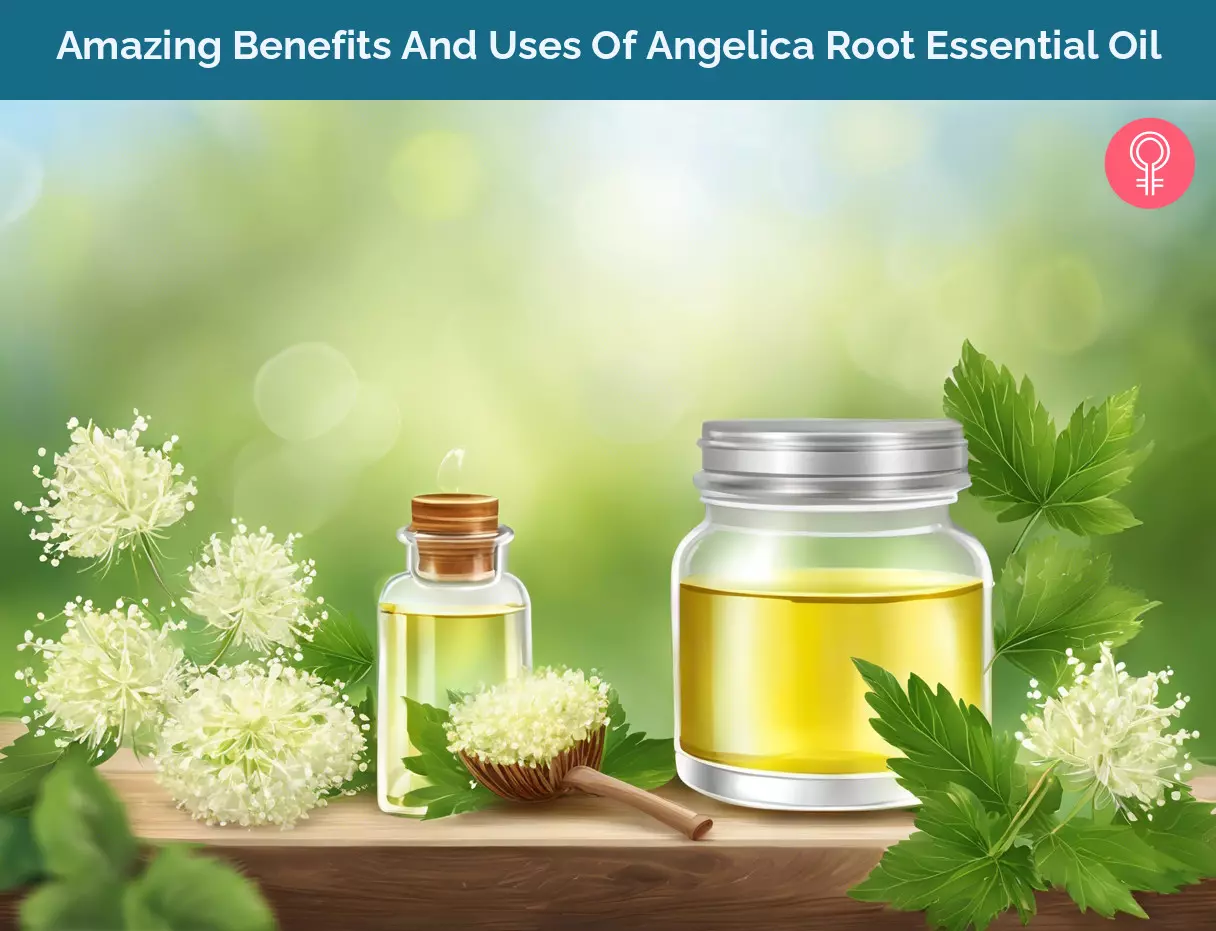
Image: Stable Diffusion/StyleCraze Design Team
References
Articles on StyleCraze are backed by verified information from peer-reviewed and academic research papers, reputed organizations, research institutions, and medical associations to ensure accuracy and relevance. Read our editorial policy to learn more.
- Sowndhararajan, Kandasamy et al. “A Review of the Composition of the Essential Oils and Biological Activities of Angelica Species.” Scientia pharmaceutica vol. 85,3 33. 20 Sep. 2017.
https://www.ncbi.nlm.nih.gov/pmc/articles/PMC5620520/ - Sarker, S. D., and L. Nahar. “Natural medicine: the genus Angelica.” Current medicinal chemistry 11.11 (2004): 1479-1500. National Center for Biotechnology Information, U.S. National Library of Medicine, National Institutes of Health
https://pubmed.ncbi.nlm.nih.gov/15180579/ - Fraternale, Daniele, Guido Flamini, and Donata Ricci. “Essential oil composition and antimicrobial activity of Angelica archangelica L.(Apiaceae) roots.” Journal of medicinal food 17.9 (2014): 1043-1047.National Center for Biotechnology Information, U.S. National Library of Medicine, National Institutes of Health
https://pubmed.ncbi.nlm.nih.gov/24788027// - Chen, Si Wei, et al. “The effects of angelica essential oil in three murine tests of anxiety.” Pharmacology Biochemistry and Behavior 79.2 (2004): 377-382.
https://www.sciencedirect.com/science/article/pii/S0091305704002746 - Min, Li, et al. “The effects of angelica essential oil in social interaction and hole-board tests.” Pharmacology Biochemistry and behavior 81.4 (2005): 838-842. Science Direct
https://www.sciencedirect.com/science/article/pii/S0091305705002091 - Pathak, Shalini, et al. “Evaluation of antiseizure activity of essential oil from roots of Angelica archangelica Linn. in mice.” Indian journal of pharmaceutical sciences 72.3 (2010): 371.National Center for Biotechnology Information, U.S. National Library of Medicine, National Institutes of Health
https://www.ncbi.nlm.nih.gov/pmc/articles/PMC3003174/ - Luszczki, Jarogniew J., et al. “Anticonvulsant and acute neurotoxic effects of imperatorin, osthole and valproate in the maximal electroshock seizure and chimney tests in mice: a comparative study.” Epilepsy research 85.2-3 (2009): 293-299.National Center for Biotechnology Information, U.S. National Library of Medicine, National Institutes of Health
https://pubmed.ncbi.nlm.nih.gov/19406619// - Sigurdsson, Steinthor et al. “Antiproliferative effect of Angelica archangelica fruits.” Zeitschrift fur Naturforschung. C, Journal of Biosciences vol. 59,7-8 (2004): 523-7. doi:10.1515/znc-2004-7-813, National Center for Biotechnology Information, U.S. National Library of Medicine, National Institutes of Health
https://pubmed.ncbi.nlm.nih.gov/15813373// - Sigurdsson, Steinthor, et al. “Antitumour activity of Angelica archangelica leaf extract.” in vivo 19.1 (2005): 191-194. National Center for Biotechnology Information, U.S. National Library of Medicine, National Institutes of Health
https://pubmed.ncbi.nlm.nih.gov/15796173// - Orchard, Ané, and Sandy van Vuuren. “Commercial essential oils as potential antimicrobials to treat skin diseases.” Evidence-Based Complementary and Alternative Medicine 2017, National Center for Biotechnology Information, U.S. National Library of Medicine, National Institutes of Health
https://www.ncbi.nlm.nih.gov/pmc/articles/PMC5435909/ - Conforti, Filomena, et al. “Natural and synthetic furanocoumarins as treatment for vitiligo and psoriasis.” Current Drug Therapy 4.1 (2009): 38-58.Research Gate
https://www.researchgate.net/publication/233503460_Natural_and_Synthetic_Furanocoumarins_as_Treatment_for_Vitiligo_and_Psoriasis - Ingrid L I Hook. “Danggui to Angelica sinensis root: are potential benefits to European women lost in translation? A review.” J Ethnopharmacol . 2014 Feb 27;152(1):1-13
https://pubmed.ncbi.nlm.nih.gov/24365638/ - Ali, Babar, et al. “Essential oils used in aromatherapy: A systemic review.” Asian Pacific Journal of Tropical Biomedicine 5.8 (2015): 601-611. Science Direct
https://www.sciencedirect.com/science/article/pii/S2221169115001033 - Nivinskiene, Ona, Rita Butkiene, and Danute Mockute. “The seed (fruit) essential oils of Angelica archangelica L. growing wild in Lithuania.” Journal of Essential Oil Research 19.5 (2007): 477-481. Taylor and Francis online
https://www.tandfonline.com/doi/abs/10.1080/10412905.2007.9699957 - Zulfiqar Bhat, et al. “Angelica Archangelica Linn. Is Angal on Earth for the Treatment of Diseases: A Review.” ResearchGate, International Journal of Nutrition, Pharmacology, Neurological Diseases, 2011, Research Gate
https://lww.com/pages/default.aspx - “CFR – Code of Federal Regulations Title 21.” Fda.Gov, 2019,
https://www.accessdata.fda.gov/scripts/cdrh/cfdocs/cfcfr/cfrsearch.cfm?cfrpart=182&showfr=1 - “Standards Library.”International Fragrance Association (IFRA) Ifra fragrance.Org, 2025
https://ifrafragrance.org/docs/default-source/ifra-code-of-practice-and-standards/ifra-standards—48th-amendment/ifra-standards-in-full—booklet.pdf - PubChem. “Angelicin.” @pubchem, PubChem, 2025, National Center for Biotechnology Information, U.S. National Library of Medicine, National Institutes of Health
https://pubchem.ncbi.nlm.nih.gov/compound/Angelicin#section=Acute-Effects - Kavli, G., et al. “Phototoxicity from Furocoumarins (Psoralens) OfHeracleum Laciniatumin a Patient with Vitiligo. Action Spectrum Studies on Bergapten, Pimpinellin, Angelicin and Sphondin.” Contact Dermatitis, vol. 9, no. 5, Oct. 1983, pp. 364–366, National Center for Biotechnology Information, U.S. National Library of Medicine, National Institutes of Health
https://pubmed.ncbi.nlm.nih.gov/6627920/ - A M Heck, et al. “Potential interactions between alternative therapies and warfarin.” Am J Health Syst Pharm. 2000 Jul 1;57(13):1221-7; quiz 1228-30., U.S. National Library of Medicine, National Institutes of Health
https://pubmed.ncbi.nlm.nih.gov/10902065/
Read full bio of Dr. Sandeep Jassal
Read full bio of Ravi Teja Tadimalla
Read full bio of Arshiya Syeda
Read full bio of Sindhu Koganti







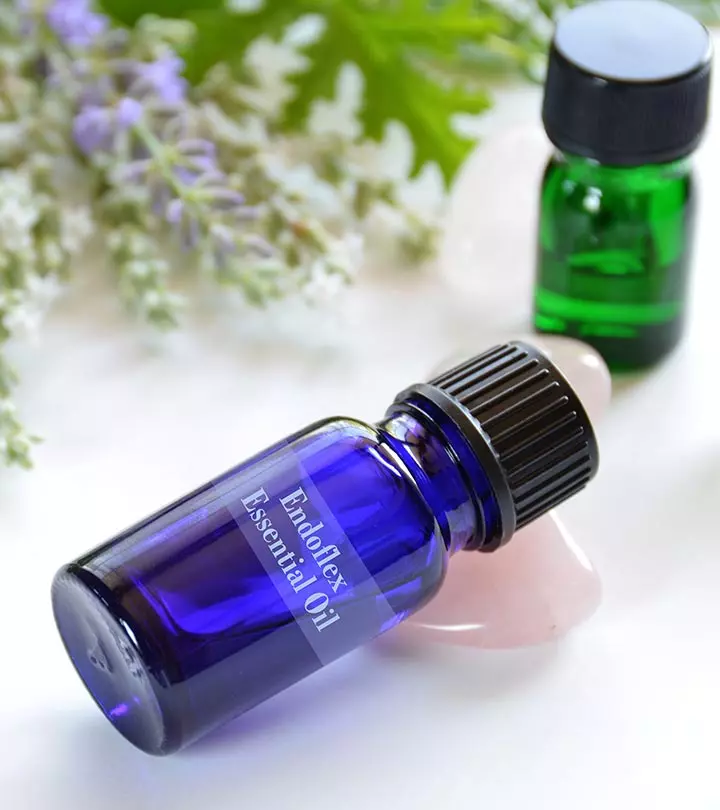
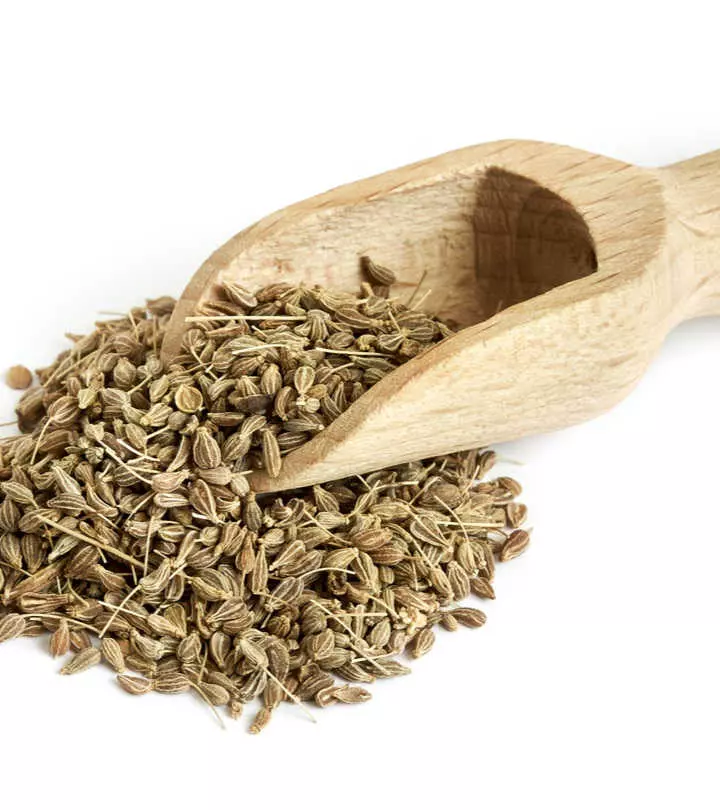
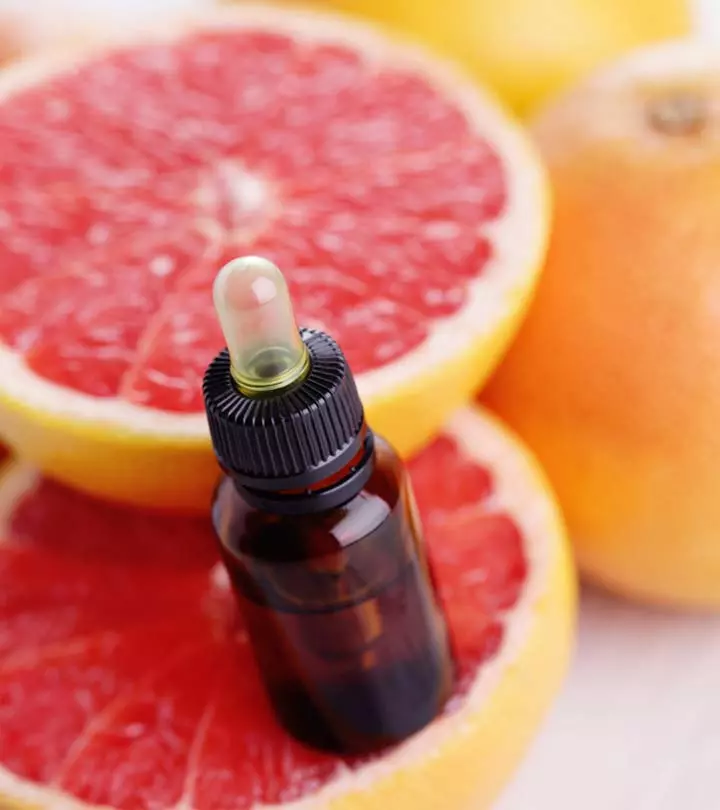
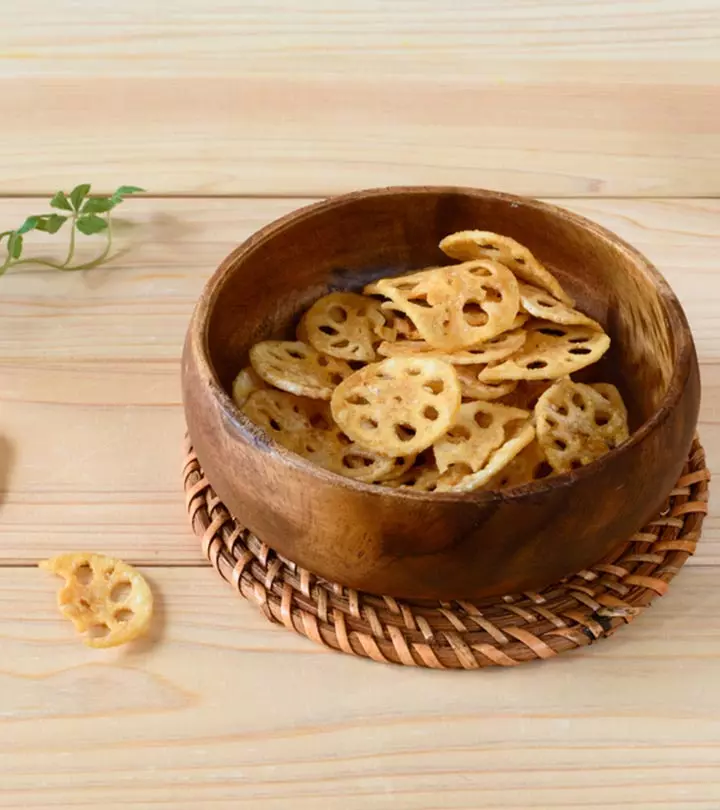
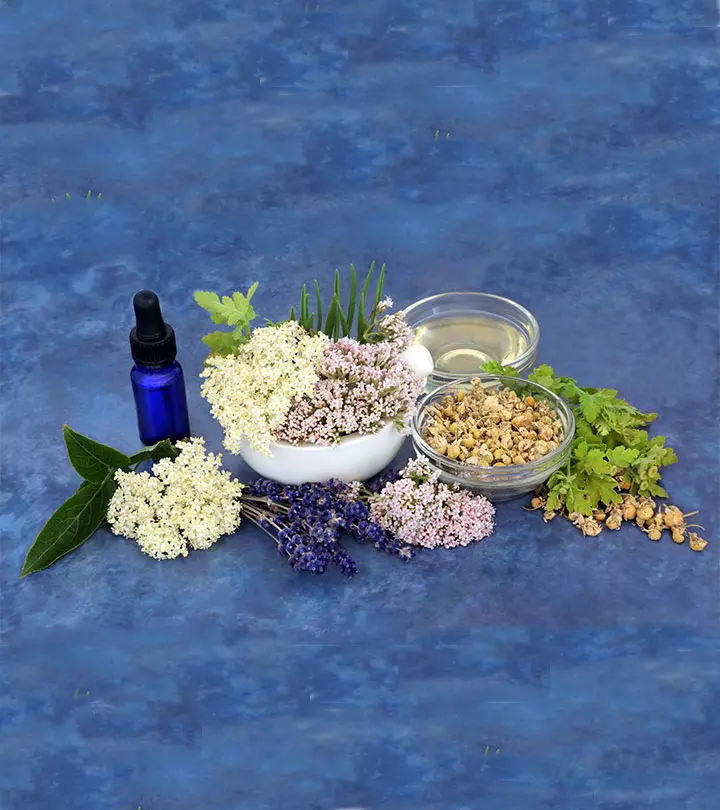

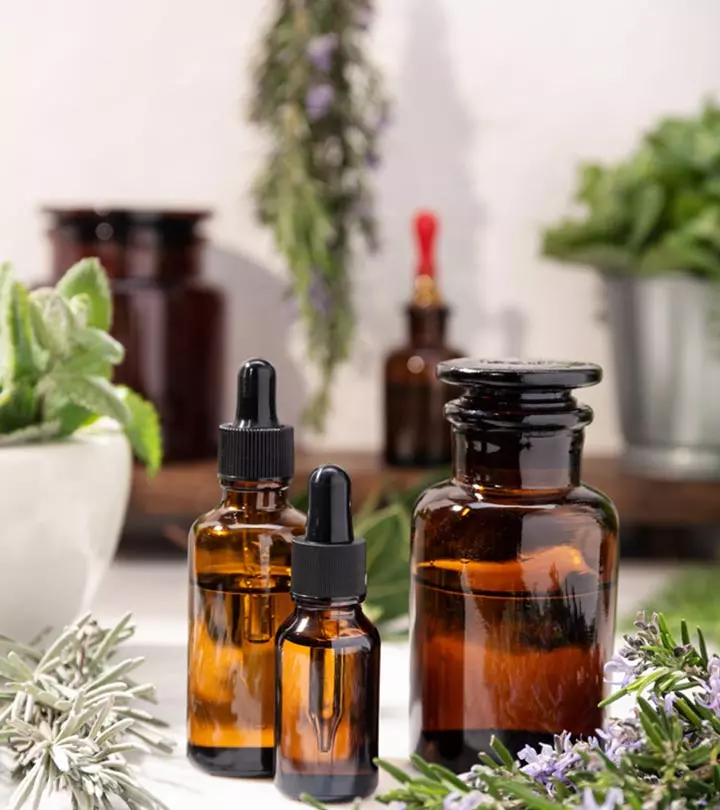



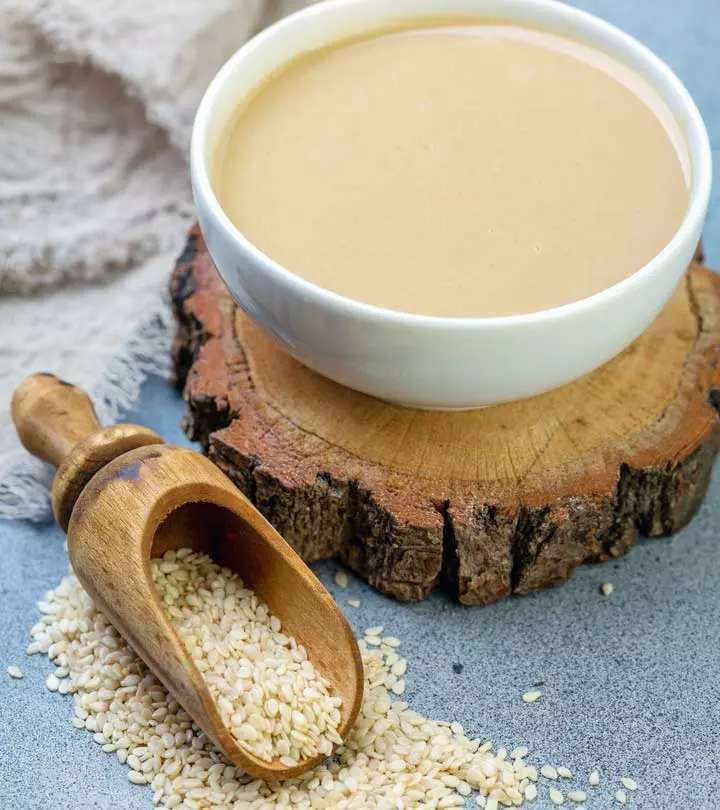

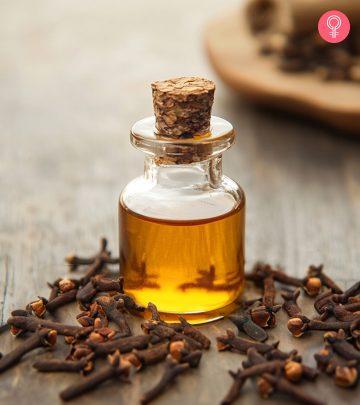
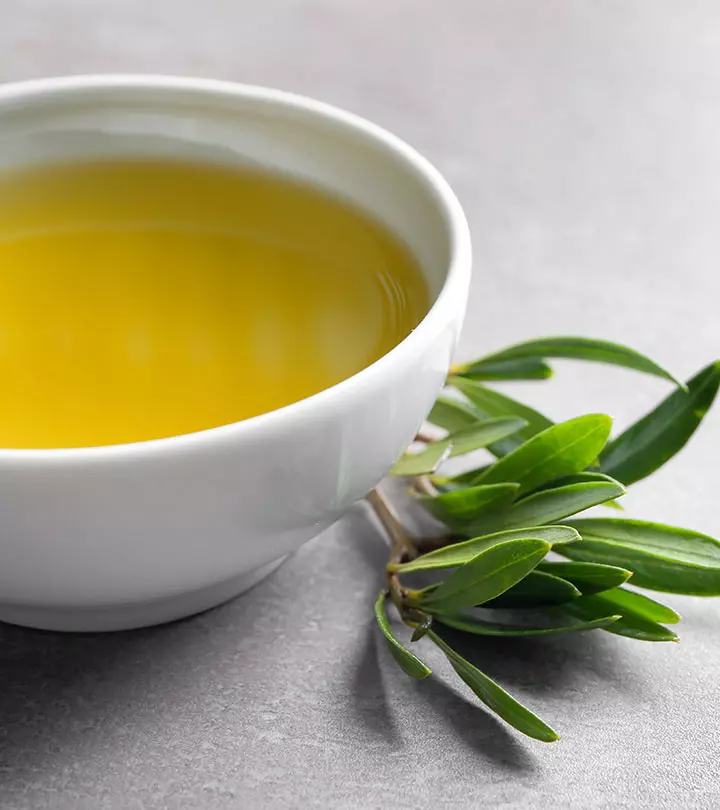







Community Experiences
Join the conversation and become a part of our empowering community! Share your stories, experiences, and insights to connect with other beauty, lifestyle, and health enthusiasts.